42 federated learning with only positive labels
Machine learning for malware detection - Infosec Resources Web03.02.2022 · This was merely a preview of the infinite possibilities machine learning and AI, in general, offers us, I hope this was educational, fun and insightful. Sources. Machine Learning Course by Andrew NG; Course that will make you a deep learning practitioner in 7 weeks only requirement (Python) › proceedings › 2020Proceedings of the Twenty-Ninth International Joint ... - IJCAI Positive Unlabeled Learning with Class-prior Approximation ... Discovering Latent Class Labels for Multi-Label Learning. Jun Huang, Linchuan Xu, Jing Wang, Lei Feng ...
Educational technology - Wikipedia WebEducational technology is the process of integrating technology into education in a positive manner that promotes a more diverse learning environment and a way for students to learn how to use technology as well as their common assignments. Accordingly, there are several discrete aspects to describing the intellectual and technical …
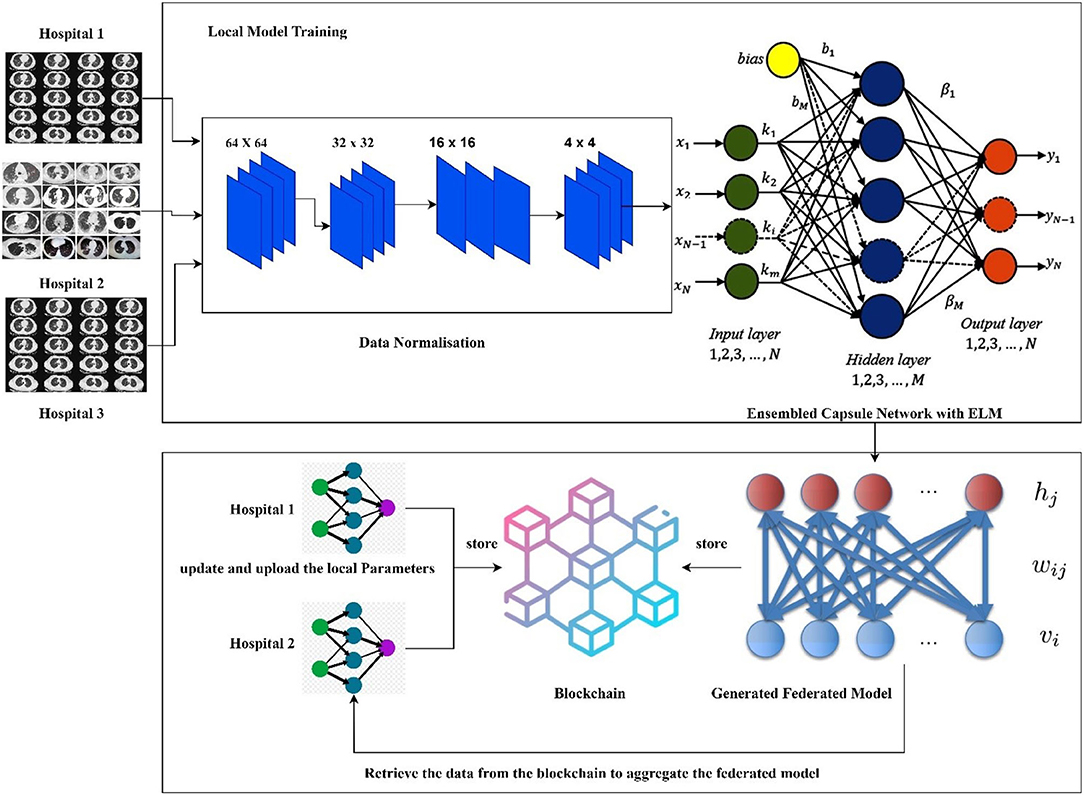
Federated learning with only positive labels
Matthews Correlation Coefficient: when to use it and when to … Web08.04.2020 · F1 score ignores the count of True Negatives. In contrast, MCC kindly extends its care to all four entries of the confusion matrix. Davide Chicco, the author of Ten quick tips for machine learning in computational biology, commented that MCC “is high only if your classifier is doing well on both the negative and the positive elements.” Federated disentangled representation learning for unsupervised … Web25.08.2022 · Federated learning and unsupervised anomaly detection are common techniques in machine learning. The authors combine them, using multicentred datasets and various diseases, to automate the ... en.wikipedia.org › wiki › Machine_learningMachine learning - Wikipedia Federated learning is an adapted form of distributed artificial intelligence to training machine learning models that decentralizes the training process, allowing for users' privacy to be maintained by not needing to send their data to a centralized server. This also increases efficiency by decentralizing the training process to many devices.
Federated learning with only positive labels. Federated learning for predicting clinical outcomes in ... - Nature Web15.09.2021 · Federated learning (FL) is a method used for training artificial intelligence models with data from multiple sources while maintaining data anonymity, thus removing many barriers to data sharing. 2021 IEEE/CVF Conference on Computer Vision and ... - IEEE … Web20.06.2021 · Multi-Label Learning from Single Positive Labels pp. 933-942. Contrastive Learning based Hybrid Networks for Long-Tailed Image Classification pp. 943-952. Learning Graph Embeddings for Compositional Zero-shot Learning pp. 953-962. Multispectral Photometric Stereo for Spatially-Varying Spectral Reflectances: A well … Proceedings of the Twenty-Ninth International Joint … WebCross-denoising Network against Corrupted Labels in Medical Image Segmentation with Domain Shift. Qinming Zhang, Luyan Liu, Kai Ma, Cheng Zhuo, Yefeng Zheng (PDF | Details) Dress like an Internet Celebrity: Fashion Retrieval in Videos. Hongrui Zhao, Jin Yu, Yanan Li, Donghui Wang, Jie Liu, Hongxia Yang, Fei Wu (PDF | Details) Video Question … Con LA – The only Data Conference for SoCal Machine learning (especially deep learning) is becoming increasingly complex and expensive. Many companies build their core businesses (e.g., self-driving, credit card fraud detection, item recommendation, etc.) upon continuous model training and/or inferencing, which is typically performed with dozens or even hundreds of GPU machines on a ...
Machine learning - Wikipedia WebMachine learning (ML) is a field of inquiry devoted to understanding and building methods that 'learn', that is, methods that leverage data to improve performance on some set of tasks. It is seen as a part of artificial intelligence.Machine learning algorithms build a model based on sample data, known as training data, in order to make predictions or decisions without … resources.infosecinstitute.com › topic › machineMachine learning for malware detection - Infosec Resources Mar 28, 2017 · Machine Learning is a subfield of computer science that aims to give computers the ability to learn from data instead of being explicitly programmed, thus leveraging the petabytes of data that exists on the internet nowadays to make decisions, and do tasks that are somewhere impossible or just complicated and time consuming for us humans. Data Con LA – The only Data Conference for SoCal WebHe specializes in the Machine Learning, Deep Learning, and Search Engine Optimization. Dr. Pahwa earned his doctorate in Computer Science from the Illinois Institute of Technology in Chicago. He is listed in Who's Who in the Frontiers of Science and Technology. He is also a Google Certified Analytics Consultant. In Industry, Dr. Pahwa has worked for General … towardsdatascience.com › matthews-correlationMatthews Correlation Coefficient: when to use it and when to ... Apr 08, 2020 · F1 score ignores the count of True Negatives. In contrast, MCC kindly extends its care to all four entries of the confusion matrix. Davide Chicco, the author of Ten quick tips for machine learning in computational biology, commented that MCC “is high only if your classifier is doing well on both the negative and the positive elements.”
Han Zhao's homepage - GitHub Pages WebIn particular, I work on transfer learning (domain adaptation/generalization, multitask/meta-learning), algorithmic fairness, probabilistic circuits, and their applications in natural language, signal processing and quantitative finance. My long-term goal is to build trustworthy ML systems that are efficient, robust, fair, and interpretable. Prospective … towardsdatascience.com › perceptron-explanationPerceptron: Explanation, Implementation and a Visual Example Apr 06, 2020 · The expression y(x⋅w) can be less than or equal to 0 only if the real label y is different than the predicted label ϕ(x⋅w). So, if there is a mismatch between the true and predicted labels, then we update our weights: w = w+yx; otherwise, we let them as they are. So, why the w = w + yx update rule works? It attempts to push the value of y ... en.wikipedia.org › wiki › Machine_learningMachine learning - Wikipedia Federated learning is an adapted form of distributed artificial intelligence to training machine learning models that decentralizes the training process, allowing for users' privacy to be maintained by not needing to send their data to a centralized server. This also increases efficiency by decentralizing the training process to many devices. Federated disentangled representation learning for unsupervised … Web25.08.2022 · Federated learning and unsupervised anomaly detection are common techniques in machine learning. The authors combine them, using multicentred datasets and various diseases, to automate the ...
Matthews Correlation Coefficient: when to use it and when to … Web08.04.2020 · F1 score ignores the count of True Negatives. In contrast, MCC kindly extends its care to all four entries of the confusion matrix. Davide Chicco, the author of Ten quick tips for machine learning in computational biology, commented that MCC “is high only if your classifier is doing well on both the negative and the positive elements.”



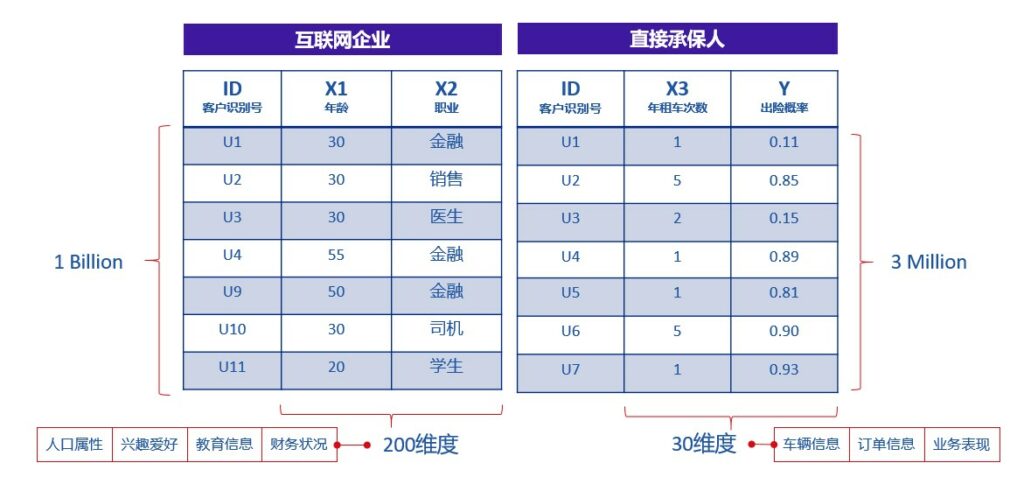


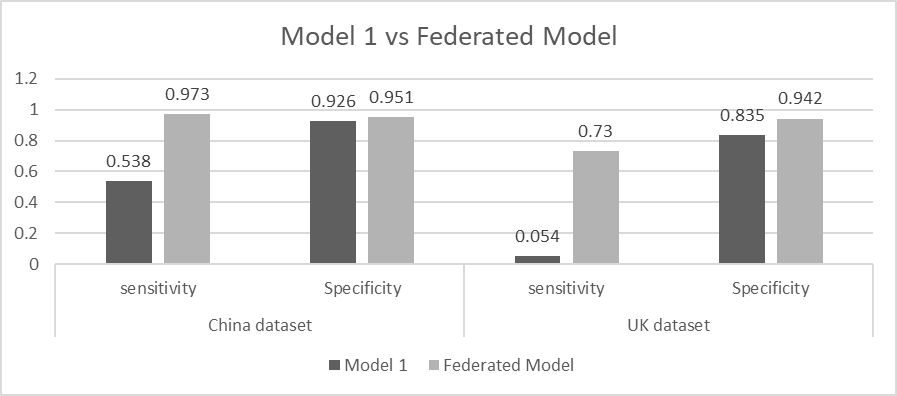







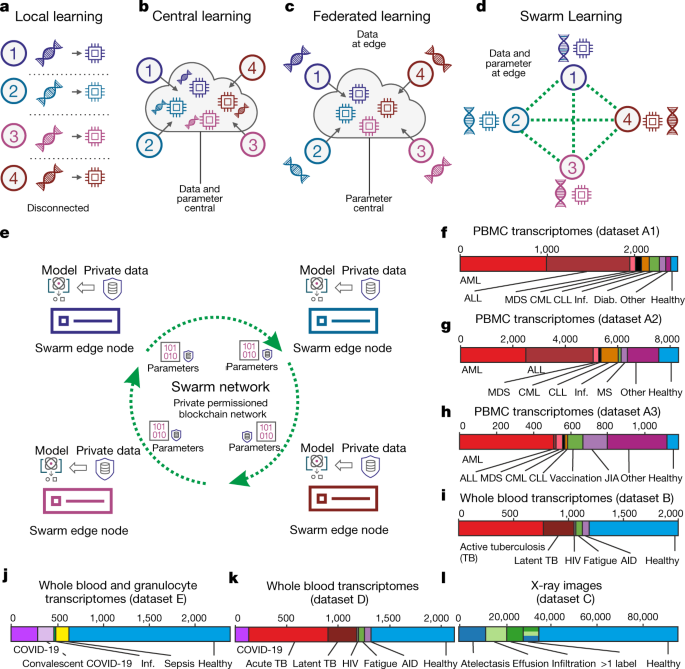

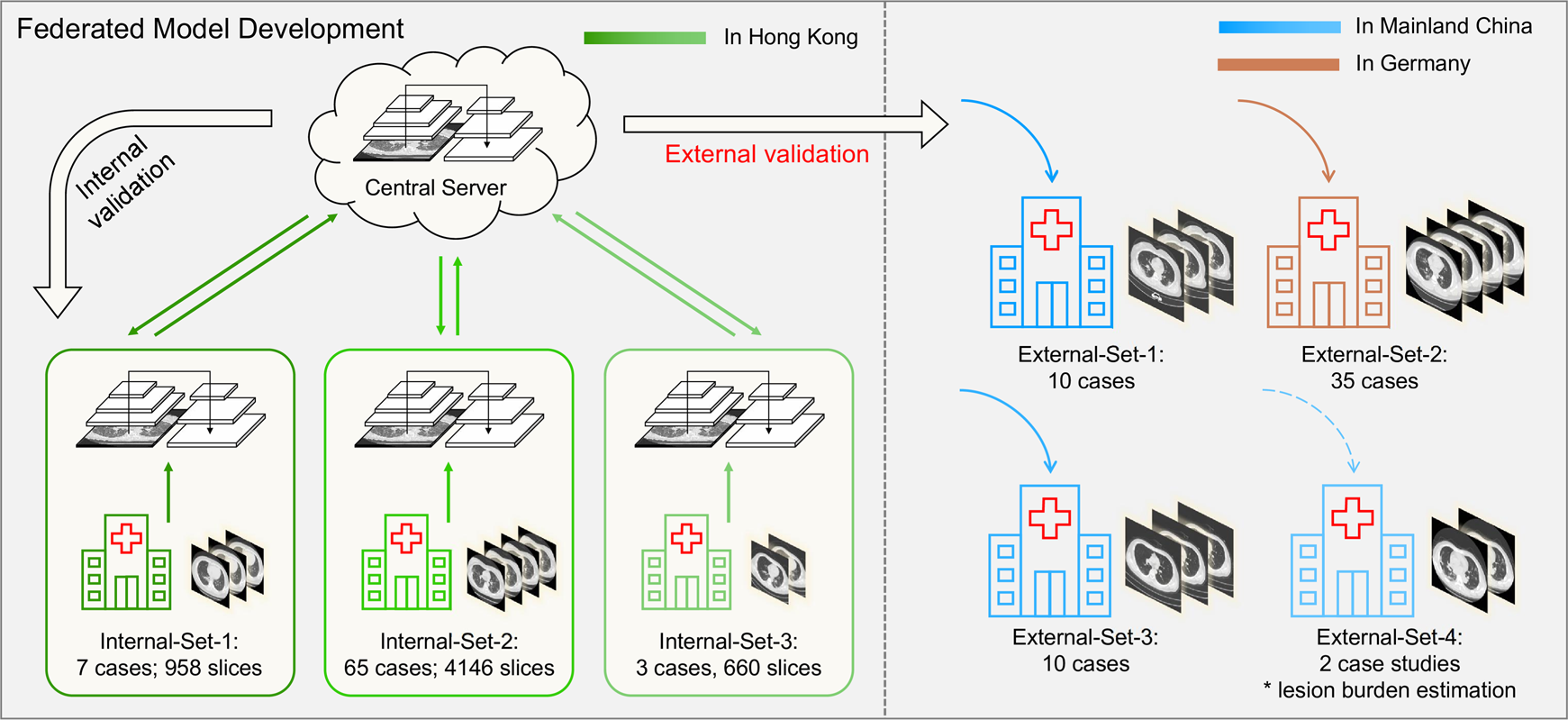




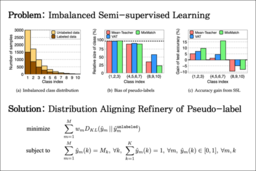



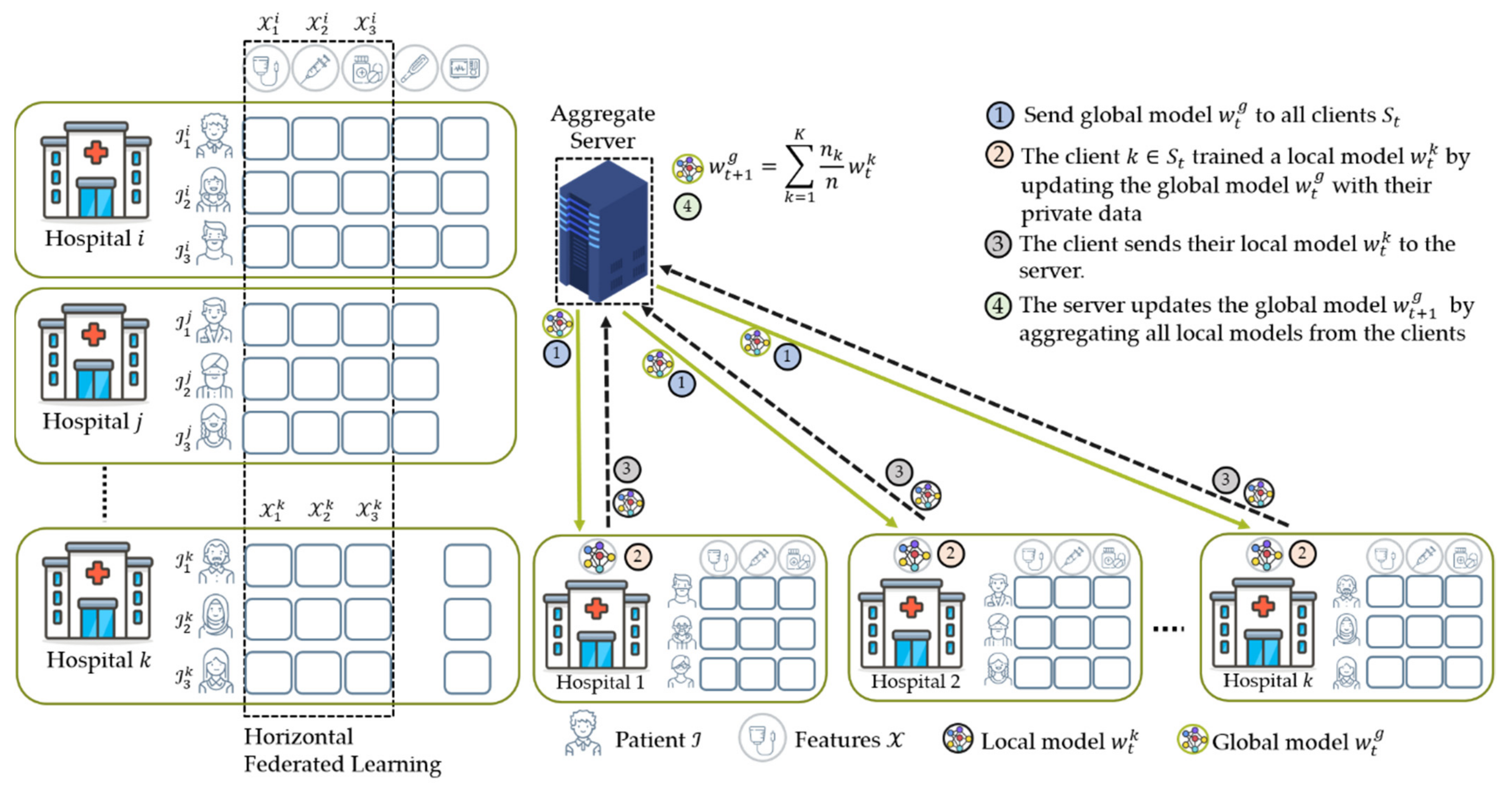


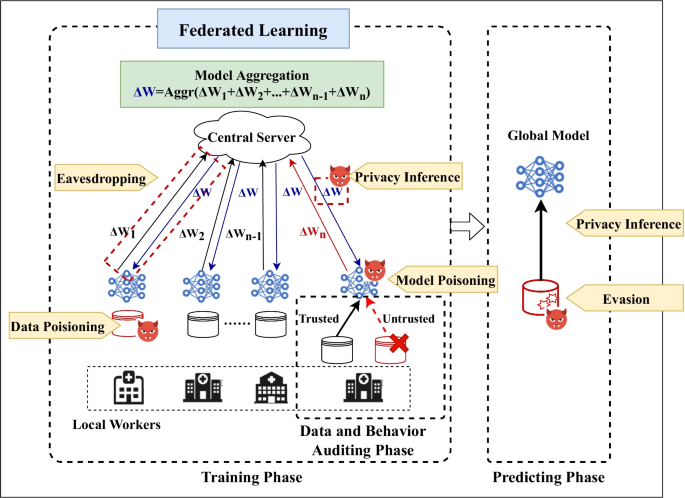



Post a Comment for "42 federated learning with only positive labels"